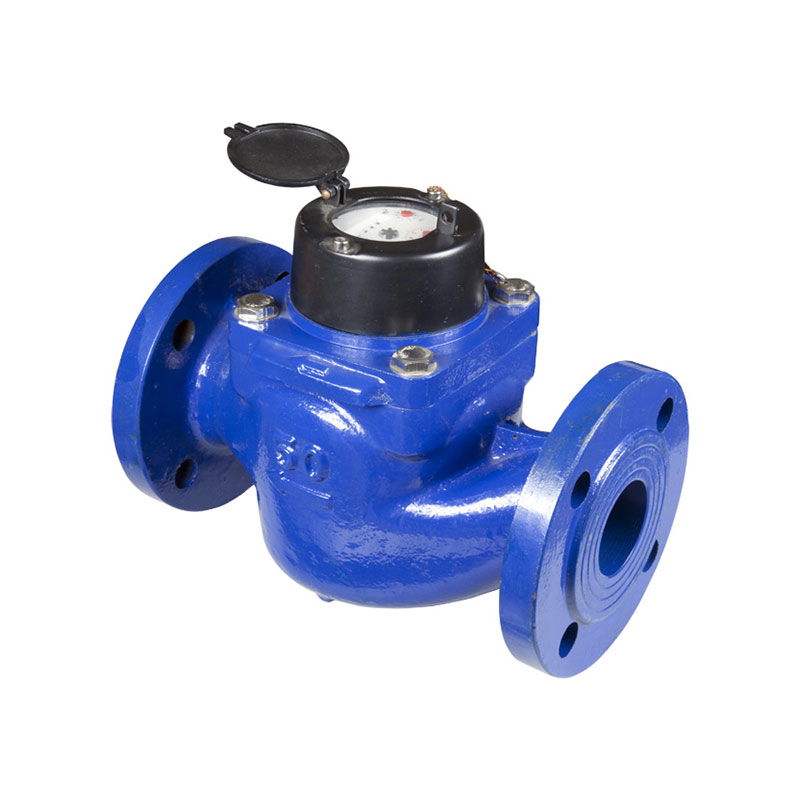ADD: No. 18, Weisan Road, Rongyu Village, Xinpu Town,Cixi City,China.
MOBILE: +86 135 6606 0510 (WhatsApp & Wechat )
TEL: +86 (0)574 6358 5625
FAX: +86 (0)574 6357 7818
MAIL: [email protected]
[email protected]
Flow meters measure the amount of liquid or gas flowing […]
Flow meters measure the amount of liquid or gas flowing through a piping system. They deliver accurate and continuous visibility into fluid flow within infrastructure, enabling organizations to maintain smooth operations, comply with regulatory requirements, and minimize downtime.

There are several types of flow meters, all of which perform different functions. Depending on the type of liquid to be measured, they may use mass or volumetric units. Generally, the volumetric unit is preferable for media that does not expand in space based on its density.Whether a flow meter is used for monitoring or controlling a system, regular calibration is essential to ensure the device remains in top working order and delivers accurate results. A meter's accuracy is often impacted by the way it's operated, the materials that it's exposed to, and the installation conditions.
The process of calibrating a flow meter is usually done in real time, so the device should always be within an accuracy range four times that of the standard that it's calibrated against. This ensures that the instrument's accuracy will not vary despite changes in conditions or the number of tests it goes through.In addition to the flow meter's accuracy, it should also be kept in good working order by avoiding contaminants that can damage it or cause it to malfunction. Various contaminants such as dirt, salt, and minerals can affect the functioning of the device even if it looks clean on the outside.